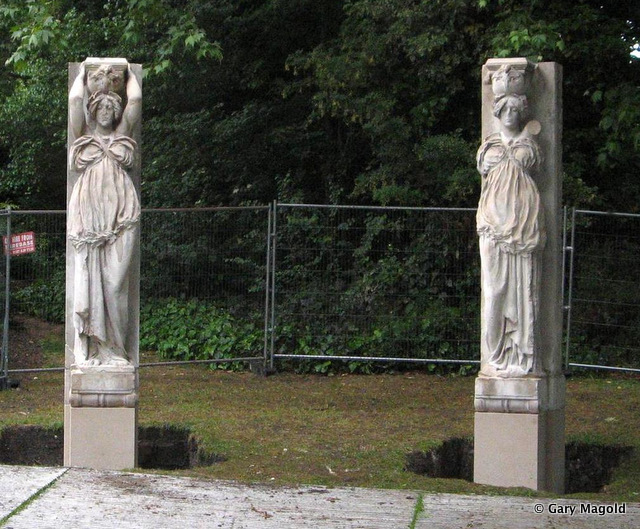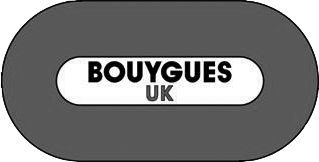Helical Piles: Installing Art in a Grade II Listed Park
June 9, 2016 8:35 amGrade II Listed Properties have distinct rules of engagement when it comes to planning permissions, which include aesthetic, practical and environmental considerations.
History and Brief by Southwark Council
ScrewFast received a brief by the local council to create foundations for two unusual pieces of art with unique history; caryatids (Greek sculpted female figures) that originally lined the entrance of Rotherhithe Town Hall in 1897.
The Rotherhithe Town Hall had the caryatids attached to the façade that lined the entrance of the building. These pieces were created by international architecture sculptor Henry Poole, who also created art installations for St. Paul’s Cathedral and Westminster.
Rotherhithe Town Hall was later converted into a museum and library prior to being bombed in WWII. The caryatids survived the Blitz and many years of standing among ruins. They were then transferred to the Heygate Estate in Elephant and Castle.
The Caryatids: Searching for a Foundation Solution
The caryatids measure 2850mm (3550mm in height) with the stone plinth and are 670 or 1100mm in depth. On the Heygate Estate, they were surrounded by large brick pillars, which were obstructive and detracted from the elegance of the caryatids.
Consideration was given during planning to the aesthetic impact of the statues, and how relevant they would be in the context of the Grade II Listed Park. Helical piles were the natural solution. They would support the weight of the sculptures without obstructing the parks’ aesthetics. The supportive foundation of helical piles is underground. Thus, the view and look of the park would be preserved.
Historical Implications for The Foundation Installation
As a Grade II Historic Listed Park, the town council was also keen to preserve the tree roots surrounding the location. Helical piles would support the heavy statues while protecting the roots. This met the local council’s key requirement, and satisfied planning permissions.
With helical piles, no concrete is required and the small base construction is perfect for use in restricted areas like this. There is no concrete curing time needed, so installation is fast and efficient.
Installation supported open space use and maintained the spacious feel of the park. ScrewFast completed installation by hand excavating the pits where the foundations were to be installed. The helical pile foundations were a perfect fit, and Southwark Park has never looked better.
For more information on helical piles or any of our foundation solutions, contact ScrewFast today.
Thank you to Gary Magold for the images.
Categorised in: helical piles





















